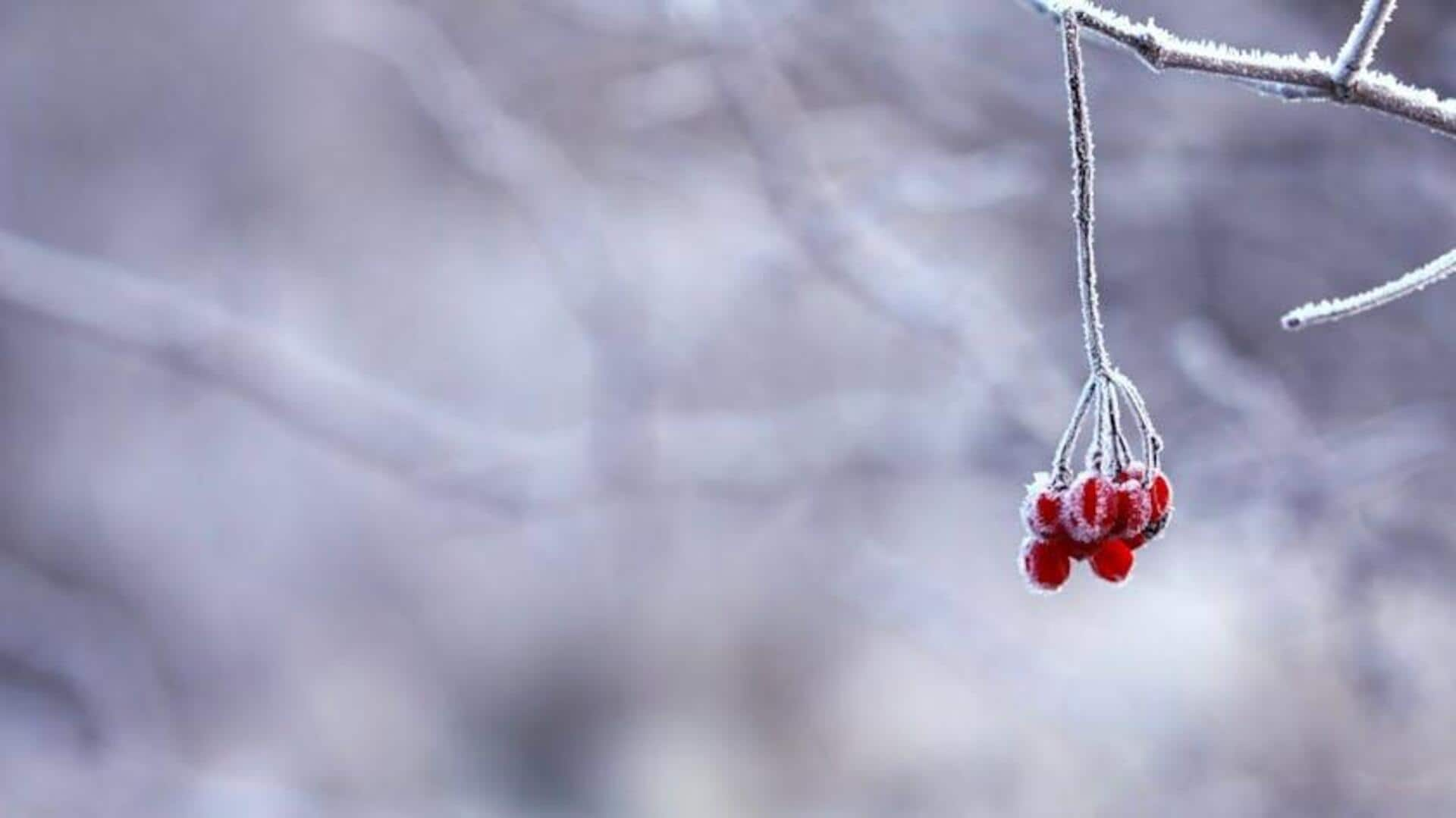
Love watching frost? Here's why it's so captivating
What's the story
Frost gazing is a beautiful winter activity where you can admire the delicate ice patterns formed when temperatures drop below freezing. As the morning dew turns to frost, it creates stunning designs on the ground, trees, and other surfaces. This short-lived natural art captures the attention of early risers and photographers, offering a peaceful and mesmerizing experience.
Science
Understanding frost formation
Frost occurs when water vapor in the air encounters surfaces colder than freezing, skipping the liquid phase and turning directly from gas to solid. This process results in different types of frost, with hoar frost being the most beautiful due to its intricate, feather-like structures. The size and shape of these ice crystals are influenced by temperature changes and humidity levels.
Locations
Best locations for frost viewing
Some places are frost pattern hotspots (or should we say coldspots?) thanks to their climate and geography. Mountainous regions and areas with cold snaps are your best bet. National parks with big meadows or valleys (think Yosemite in the US or the Scottish Highlands in the UK) offer breathtaking views of frost-kissed landscapes at dawn.
Preparation
Preparing for your adventure
It's important to dress very warmly as temperatures can be 10-15 degrees colder before the sun comes up. Thermal clothing layers, along with waterproof boots and insulated gloves, will ensure you stay cozy while wandering around. A thermos with a hot drink can also add to the experience, keeping you warm as you patiently wait for the perfect moment to capture or admire the frost patterns.
Photography
Photography tips for capturing frost patterns
To effectively capture frost patterns, a macro lens is essential to highlight their intricate details. Early morning light offers a soft glow that accentuates the textures and shapes of frozen dew. Lower your camera settings to a lower ISO to prevent graininess in low light conditions. Don't be afraid to try different angles and compositions for the most stunning results.
Safety
Safety tips for early morning expeditions
Pre-dawn frost excursions require extra safety precautions. Tell someone where you're going and when you plan to be back. Keep a charged phone with you, and bring a portable charger just in case. Use a flashlight or headlamp to see where you're going in the dark, and wear reflective clothing if you'll be near roads or trails with traffic.